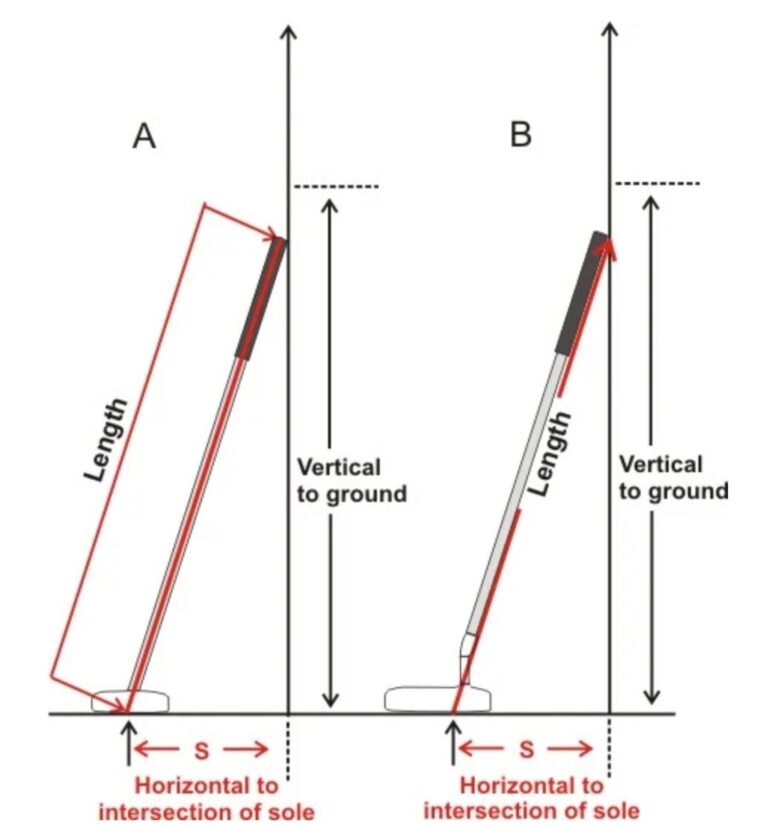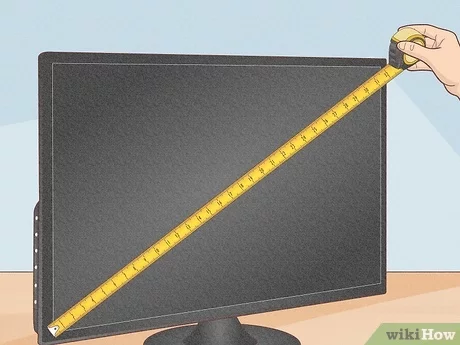How To Measure Volume: 6 Ways With Examples
Understanding how to measure volume is essential in both everyday life and various fields of study. Volume tells us how much space an object or substance occupies. Whether you’re filling a swimming pool or packing a box, knowing how to measure volume helps ensure accuracy.
In this article, we will explore six different ways to calculate volume. Each method will be explained with simple formulas and real-life examples. By the end, you’ll be equipped with the knowledge to measure the volume of various shapes and objects with confidence.
What Is Volume?

Volume is a measurement that describes the amount of space an object or substance takes up. In simpler terms, it tells you how much can fit inside something. For example, when you fill a glass with water, the volume is the amount of water the glass can hold. Volume is measured in cubic units, such as cubic centimeters (cm³), cubic meters (m³), or liters.
Understanding the difference between volume and area is important. While volume measures three-dimensional space, area only measures two-dimensional space. Imagine you’re looking at a flat square on a piece of paper. The area would tell you the size of that square’s surface. But if you fold that square into a box, volume would then tell you how much space is inside the box. There are several ways to calculate the volume, depending on the shape of the object. The process involves using specific formulas for different shapes. For example, a cube, a cylinder, and a sphere all have their own formulas to determine their volume.
Difference Between Volume and Area

Volume and area are related but different concepts. Area measures the surface of a flat shape. It only looks at two dimensions: length and width. Volume, on the other hand, measures space inside a three-dimensional object. It considers length, width, and height. For example, area tells you the size of a room’s floor, while volume tells you how much space is inside the room. Knowing the difference helps in choosing the right measurement for your needs.
6 Ways How To Calculate Volume
1. Calculate the Volume of a Cube
To find the volume of a cube, you use a simple formula. Since all sides of a cube are equal, you only need one measurement. The formula is:
Volume = s³
Here, “s” represents the length of one side of the cube. To calculate the volume, multiply the side length by itself twice more (raise it to the power of three). For example, if a cube has a side length of 4 centimeters, its volume is 4³ or 64 cubic centimeters.
2. Calculate the Volume of a Rectangular Prism
A rectangular prism, or box, has different lengths for its sides. The formula to calculate its volume is:
Volume = length × width × height
Measure the length, width, and height of the prism. Multiply these three measurements together to find the volume. For instance, a box with a length of 5 cm, a width of 3 cm, and a height of 2 cm has a volume of 5 × 3 × 2, which equals 30 cubic centimeters.
3. Calculate the Volume of a Cylinder
Cylinders are round and have two parallel circular bases. To find the volume of a cylinder, use the formula:
Volume = π × r² × h
In this formula, “r” is the radius of the circular base, and “h” is the height of the cylinder. First, square the radius, then multiply by π (approximately 3.14159), and finally multiply by the height. For example, if a cylinder has a radius of 3 cm and a height of 10 cm, its volume is π × 3² × 10, which equals approximately 282.74 cubic centimeters.
4. Calculate the Volume of a Cone
A cone has a circular base and tapers to a point. Its volume is one-third that of a cylinder with the same base and height. The formula is:
Volume = (1/3) × π × r² × h
Here, “r” is the radius of the base, and “h” is the height from the base to the tip. Multiply the squared radius by π, then by the height, and finally divide by three. For example, a cone with a radius of 4 cm and a height of 9 cm has a volume of (1/3) × π × 4² × 9, which equals approximately 150.8 cubic centimeters.
5. Calculate the Volume of a Pyramid
A pyramid has a polygonal base and triangular sides that meet at a point. The formula to calculate the volume is:
Volume = (1/3) × Base Area × height
First, find the area of the base (which could be square, rectangular, or another shape), then multiply by the height of the pyramid, and divide by three. For example, if a pyramid has a square base with a side length of 6 cm and a height of 10 cm, its volume is (1/3) × 6² × 10, which equals 120 cubic centimeters.
6. Calculate the Volume of a Sphere
A sphere is a perfectly round object, like a ball. The formula for the volume of a sphere is:
Volume = (4/3) × π × r³
In this formula, “r” represents the radius of the sphere. Cube the radius (multiply it by itself three times), then multiply by π, and finally by 4/3. For example, if a sphere has a radius of 5 cm, its volume is (4/3) × π × 5³, which equals approximately 523.6 cubic centimeters.
Examples of Calculating Volume
Example 1: Swimming Pool Volume
A hotel is planning to renovate its swimming pool and needs to calculate the volume to estimate the amount of water required. The pool is a rectangular prism with a length of 20 meters, a width of 8 meters, and a depth of 2 meters. To find the volume, the staff will use the formula:
Volume = length × width × height
So, they calculate:
Volume = 20 × 8 × 2
Volume = 320 cubic meters
This measurement helps the hotel determine the exact amount of water needed to fill the pool, ensuring it is ready for guests.
Example 2: Square Pyramid Mold
An artist is creating a mold in the shape of a square pyramid for a sculpture. The base of the pyramid is 5 inches on each side, and the height from the base to the tip is 10 inches. To calculate the volume of the pyramid, the artist uses the formula:
Volume = (1/3) × Base Area × height
First, the base area is calculated:
Base Area = side × side = 5 × 5 = 25 square inches
Then the volume:
Volume = (1/3) × 25 × 10
Volume = 83.33 cubic inches
This volume tells the artist how much material will be needed to fill the mold and create the sculpture.
Wrapping Up
Understanding how to measure volume is a valuable skill in many aspects of life. Whether you’re calculating the space in a swimming pool, creating a sculpture, or even packing boxes, knowing the right formula for the shape you’re working with is crucial. By mastering the methods outlined in this article, you can accurately determine the volume of various objects, ensuring precision in your projects and daily tasks. Keep these formulas handy, and you’ll be ready to measure volume with confidence, no matter the situation.







